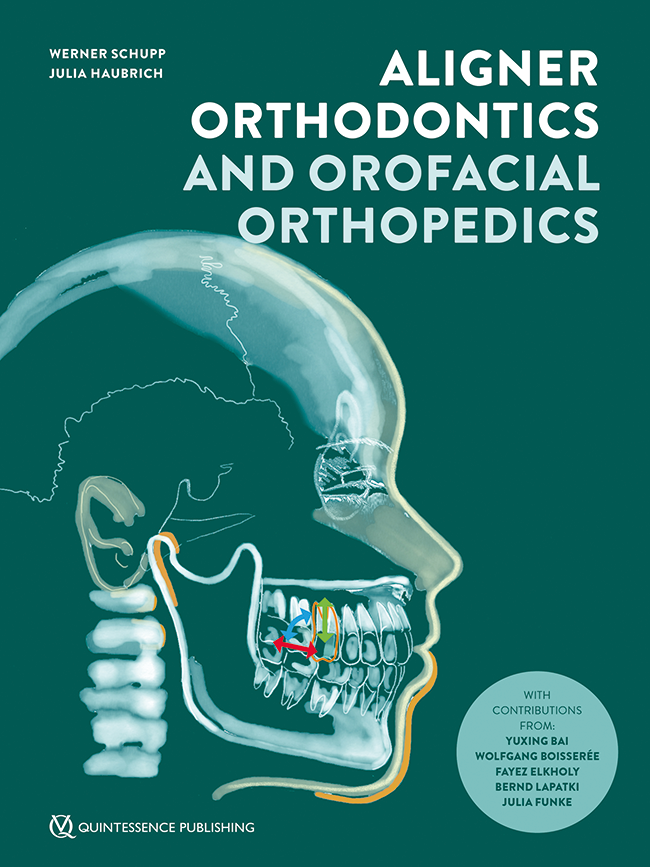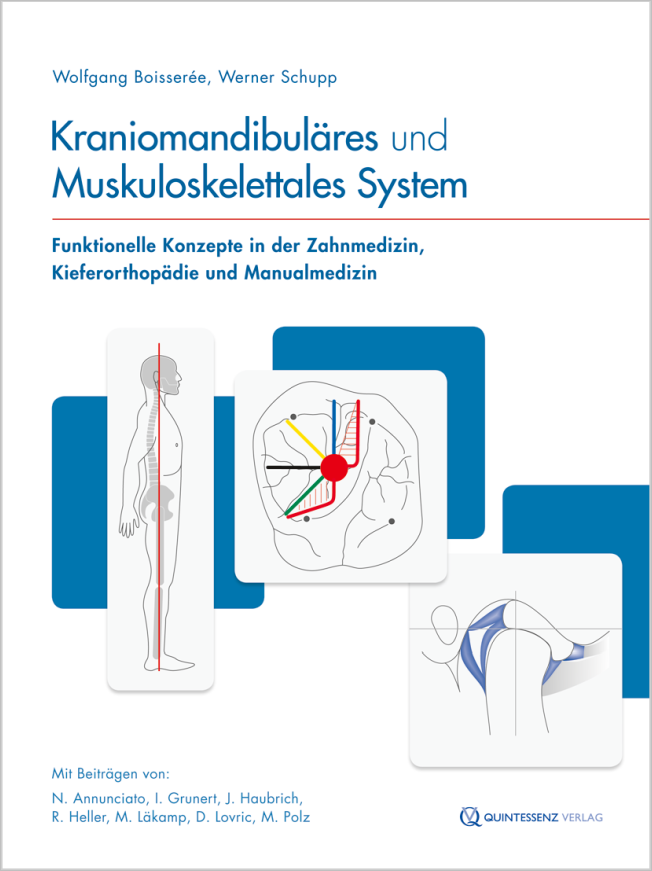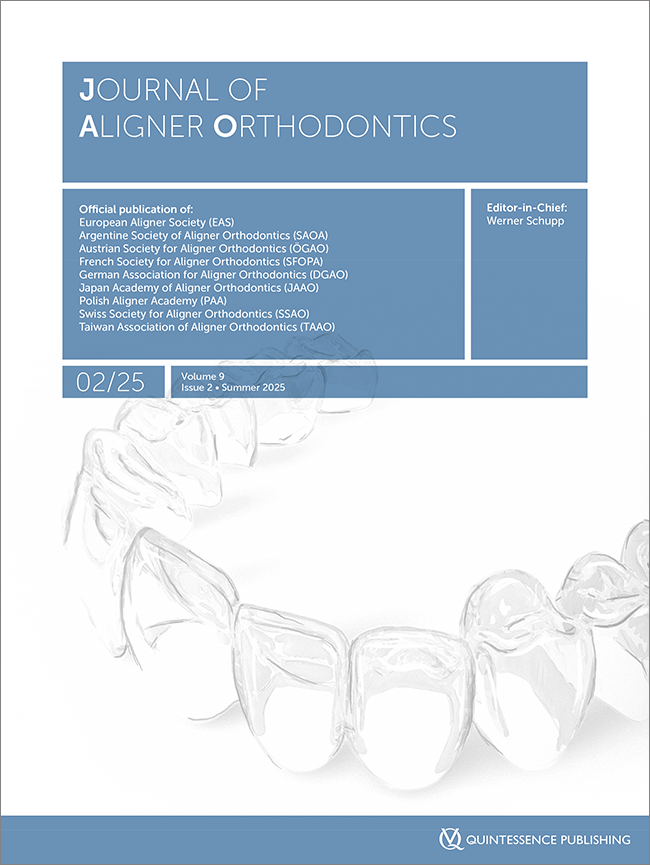Journal of Aligner Orthodontics, 2/2025
EditorialPagine 103, Lingua: IngleseSchupp, WernerJournal of Aligner Orthodontics, 2/2025
EditorialPagine 163-166, Lingua: IngleseSchupp, WernerJournal of Aligner Orthodontics, 2/2025
Original Scientific ArticlePagine 141-152, Lingua: IngleseSchupp, Werner / Grunau, Paul / Danesh, Gholamreza / Chhatwani, SachinJoint space width is a crucial parameter. If joint space is reduced, resulting in joint space narrowing, degenerative osteoarthritis may develop, causing a loss of function and subsequently leading to pain. Degenerative osteoarthritis must be distinguished from inflammatory rheumatoid osteoarthritis in a differential diagnosis. The cause of degenerative joint disease across all joints is continuous improper loading. With the help of an occlusal correction, which can be performed both orthodontically and restoratively or through a combination of the two approaches, it is possible to positively alter the temporomandibular joint space. Due to the unique connective tissue structure of the temporomandibular joints, remodelling can be performed throughout life.
Parole chiave: aligner, digital joint tracking, joint space narrowing, orthodontics, osteoarthrosis, remodelling, temporomandibular disorder, temporomandibular joint
Journal of Aligner Orthodontics, 1/2025
Method presentationPagine 7-31, Lingua: IngleseGrunau, Paul / Schupp, Werner / Danesh, Gholamreza / Chhatwani, SachinAligner therapy has been an integral part of orthodontics for over 20 years since it was first introduced by Align Technology (San Jose, CA, USA). There is now a vast range of aligner providers to choose from, but there is little to distinguish them. Owing to the virtual treatment simulation software that is now available and the rapid advancements in 3D printing technology that have occurred, it is now possible for orthodontists to produce aligners independently, and in-office aligner therapy is becoming increasingly important. Almost all tooth movements can be performed with aligner treatment. Temporomandibular dysfunction can also be treated using bonded onlay elements in phase one of treatment. In the present study, the authors outline a workflow for in-office aligner treatment that utilises the advantages of a virtual articulator to treat patients with and without temporomandibular dysfunction.
Parole chiave: Digital Motion Decoder, in-office aligner, Modjaw, occlusion, temporomandibular dysfunction, temporomandibular joint, virtual articulator
Journal of Aligner Orthodontics, 1/2025
EditorialPagine 3-4, Lingua: IngleseSchupp, WernerJournal of Aligner Orthodontics, 4/2024
EditorialPagine 279-280, Lingua: IngleseSchupp, WernerJournal of Aligner Orthodontics, 3/2024
EditorialPagine 187-188, Lingua: IngleseSchupp, WernerJournal of Aligner Orthodontics, 3/2024
Case reportPagine 207-227, Lingua: IngleseHaubrich, Julia / Schupp, Werner / Boisserée, WolfgangAligner therapy offers a valuable alternative to fixed appliance treatment in young and adult patients, making it possible to reduce potential side effects and providing an aesthetic therapeutic option. In some patients, abrasions, changes of tooth shape or loss of tooth substance require an additional tooth restoration to obtain an optimal outcome that satisfies the patient. Instead of reducing healthy tooth substance for the preparation of a crown or veneer, the development of composite in the past few years has led to improved results in terms of both longevity and aesthetics. The present article outlines different patient examples of interdisciplinary treatment with aligner orthodontics followed by minimally invasive restorations with composites on anterior teeth.
Parole chiave: aligner orthodontics, attachments, composite, in-office aligners, interdisciplinary dentistry, Invisalign, minimally invasive restorations, OnyxCeph Aligner 3D software
Journal of Aligner Orthodontics, 1/2024
EditorialPagine 3-4, Lingua: IngleseSchupp, WernerJournal of Aligner Orthodontics, 1/2024
Case reportPagine 7-24, Lingua: IngleseHaubrich, Julia / Schupp, WernerNowadays, aligner orthodontics offers a range of treatment possibilities for almost every type of malocclusion. The latest developments in software and printers provide practitioners with options for altering aligner margins, material stiffness and thickness, and other key aspects in aligner orthodontics like direct printed aligners. Covering the palate and using aligners with longer margins instead of scalloped aligners and torque elements in aligner therapy increases the biomechanical force transferred onto the posterior teeth and enables the practitioner to improve predictability when widening the arches without major loss of crown torque. The present article describes the treatment of two patients with in-office aligners and coverage of the maxillary palate.
Parole chiave: aligner orthodontics, in-office aligners, OnyxCeph software, palatal coverage, transverse expansion






